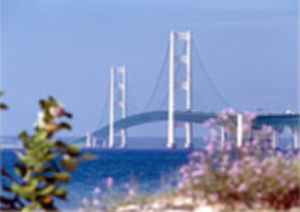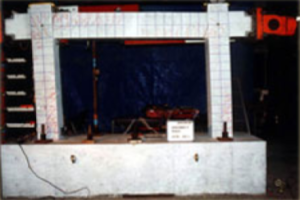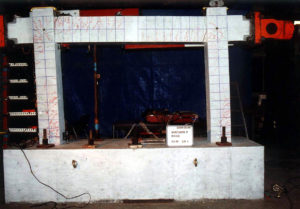Overview

Active sensors and actuators have been considered in creating smart structures. In recent years, the concept of passive smartness, particularly relevant to large-scale civil infrastructures, have been discussed. Some characteristics of passive smartness are that it is pervasive and continuous in the structure, no need for external intervention, and no requirement for power source. Passive smartness can be derived from the unique intrinsic properties of the material used to build the structure.
Research investigations are ongoing at the ACE-MRL in the development of passive smart structures employing the non-linear tensile strain-hardening behavior of ECC material. An example of such a system is an auto-adaptive frame used for buildings or bridges which has the ability to sustain large displacements imposed by earthquake loading, and which subsequently requires minimum repair needs. other systems, such as stiffness step-down auto-protection stell/ECC structures are in the conceptual design stages.
Projects
- Effect of Concrete Material Ductility on the Damage Mechanisms and Processes in Steel/Concrete Interaction zones – (Movie)
- Auto-adaptive Frame – (Movie)


